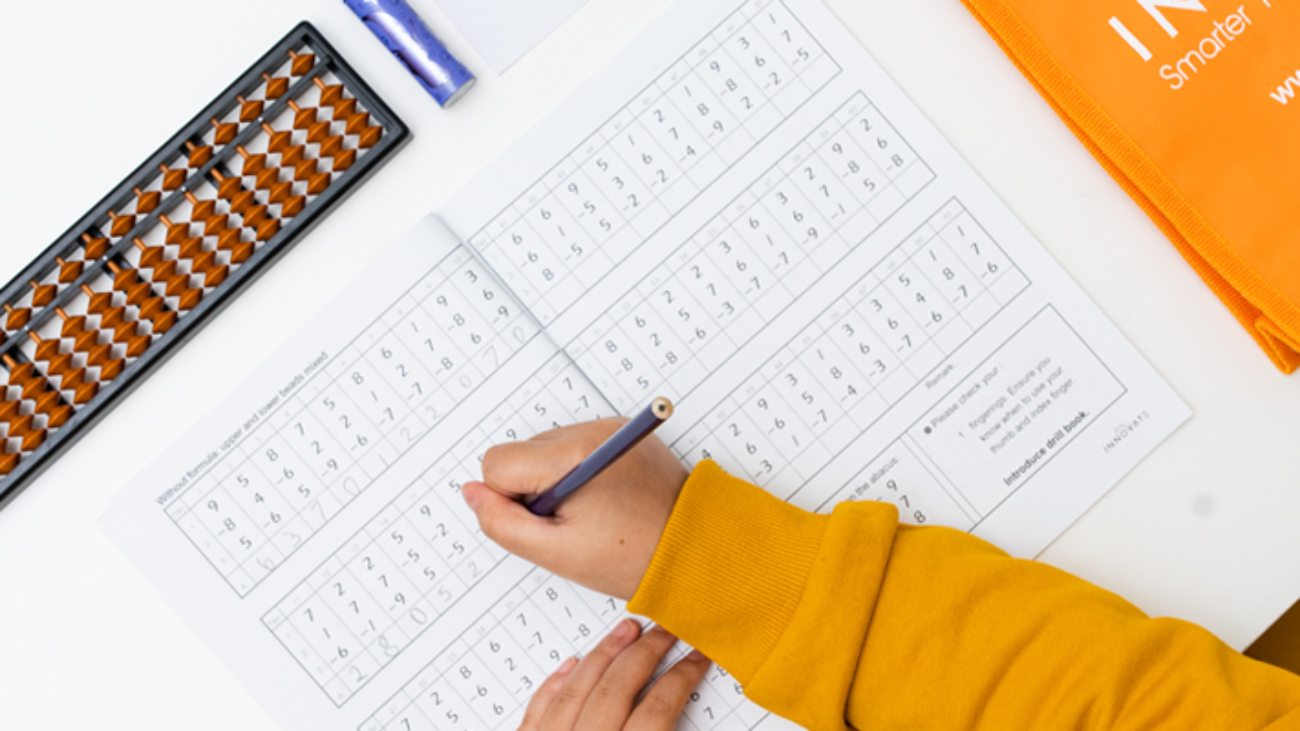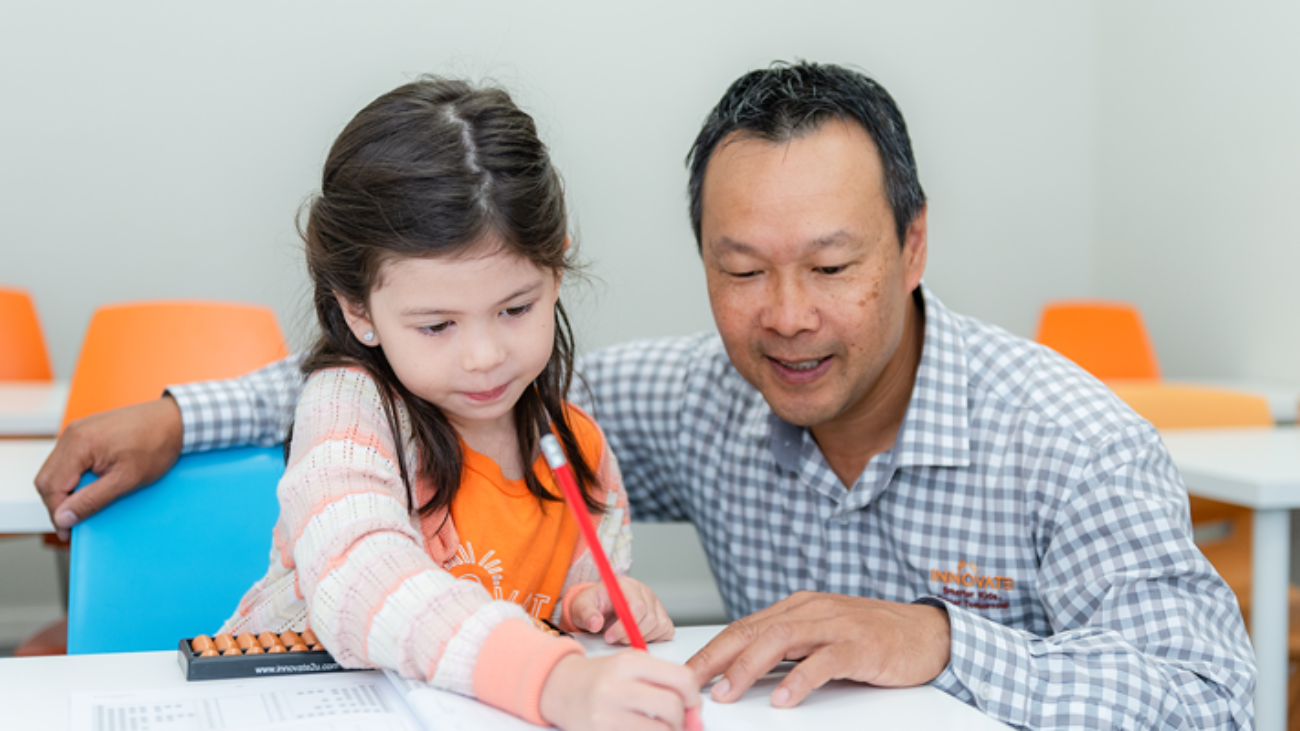With the progress of current innovation these days, electronic devices has become an essential part of our day to day living, whether for work or leisure. Without knowing, our kids has been presented to these devices, namely the smartphone and tablets, a very early stage of their life. (read pdf) Specialists have cautioned that parents who permit young children to use tablets for a long period each day could have impact on their development.
As great as science and technology has improved our lives, we have also become enslaved to it, with our constant need to be online and to have our devices at hand to check for messages, updates and other social media notifications. We can all identify with turning around halfway through a trip to get our mobile phone because we have left it at home.
When allowed, a child can sit and play on their device all day. In the long run this can lead to health issues such as obesity, depression and anxiety. In comparison to children of earlier generations, children these days are less likely to spend their time outdoors running and playing and chatting with friends. Technology has enabled them to talk and play from the comfort of their home without the need to even step outside of their room.
With children investing such an enormous amount of time and energy on different gadgets, parents will undoubtedly wonder about the impact of staring at small screen throughout the day. You realise that doing a lot of work on your PC or looking at your smartphone for long periods would leave your eyes dry and hazy. What are the consequences to a kids developing eyes? Will a lot of time on smartphones, iPads, tablets, or PC destroy your kid’s eyes? ABC Article
Impact Of Prolonged Use
- Kids can become dependent on their devices. Become irritable or moody when they don’t have them.
- Pain in their fingers and wrists from excessive use
- Kids become bored, apathetic and uninterested in normal daily activities
- Attention deficit, aggressive behaviour
- Delayed cognitive development and impaired learning
- Slow social development
- Sleep deprivation
Balance Is The Key
It is not all doom and gloom as it may seem. Technology has changed our lives, sometimes for the better and sometimes for the worst. Children’s love for digital technology is obvious, and mirrors the devotion many adults have for their devices. Try to restrict an adult’s access to their mobile or tablet and see how they react!
At times these devices can be heaven sent as they can be used to provide parents with a much need break or just simply time to hop into a shower. However as most good things, too much can have an adverse affect too. The key ingredients is balance and guidance from you, the parent. Parents have to weigh the risk of their child growing addicted to their devices against living a technology free lifestyle and have them falling behind at school or with their peers.
Parents also need to model controlled uses of technology themselves. A parent who consistently tells a child to get off their device when they themselves are always on one will not go unnoticed by the child. Balance is important, and in our tech-base society, it is important for children and adults alike to maintain a healthy balance of activities in their life.
Some measures that can be taken include the following:
- Limit the screen time on any device to a maximum of 30 minutes. Ensure that the total amount of screen time per day doesn’t exceed the age-group recommendations
- Have a schedule for when the device can be used along with plans for some physical activities as well
- Best not to have a TV or computer in their bedroom and refrain them from using their devices in their room
- Have ‘device-free’ time such as during meals, homework, family time and bedtime
- Teach your child early about the important of moderation. Be sure to offer praise when your child demonstrates restraint in the use of tech devices and follows the rules you’ve set
- Monitor access by using the device together with your child. Take opportunity to communicate, interact and share family values.






